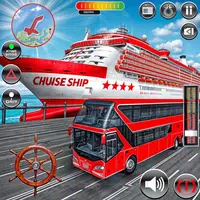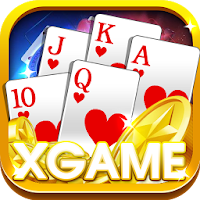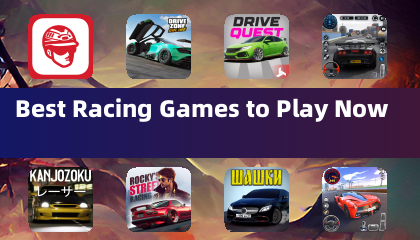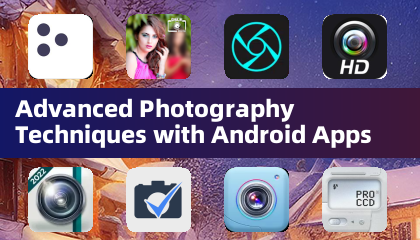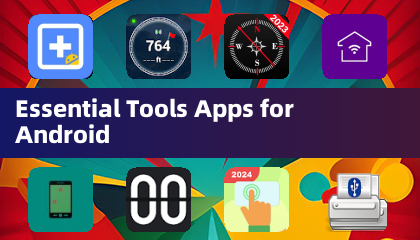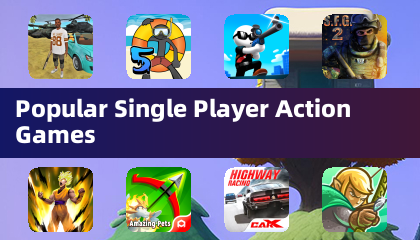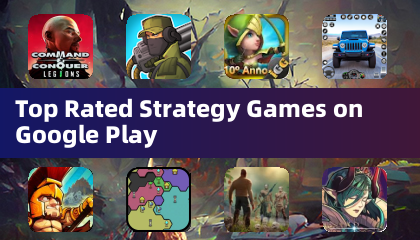The Entertainment Software Association (ESA) has unveiled the Accessible Games Initiative, a groundbreaking "tag" system designed to enhance video game accessibility for consumers. Announced at the Game Developers Conference, this initiative is the result of collaboration among industry giants including Electronic Arts, Google, Microsoft, Nintendo, Sony, and Ubisoft. Additional support has come from Amazon, Riot Games, Square Enix, and WB Games, with the ESA overseeing the initiative's management.
Under this initiative, participating video game companies will utilize a set of 24 approved "tags" to label their games, providing clear information about accessibility features. These tags will be displayed alongside game details on digital storefronts and product pages, making it easier for players to find games that meet their accessibility needs.
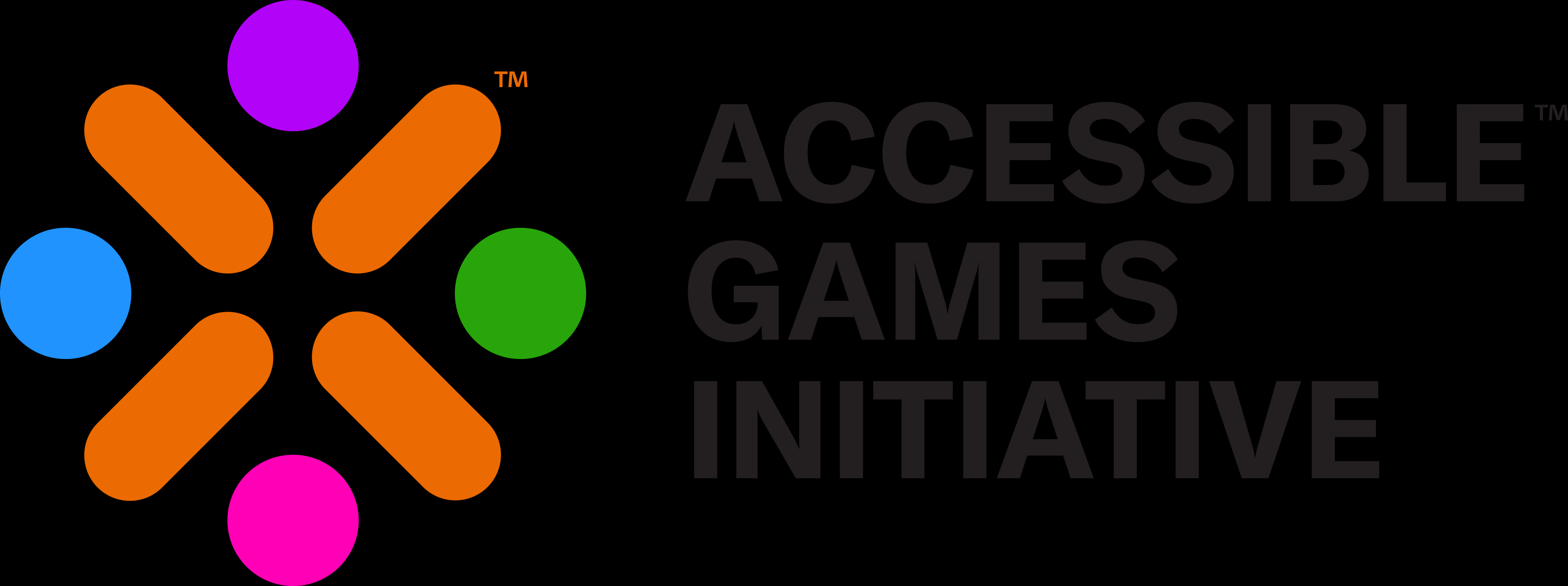
The tags cover a range of features, including "clear text," "large and clear subtitles," "narrated menus," "stick inversion," "save anytime," "difficulty levels," "playable without button holds," and more. These tags aim to address various accessibility needs, from auditory and visual to gameplay and input requirements.
Stanley Pierre-Louis, ESA president and CEO, emphasized the initiative's importance, stating, "Tens of millions of Americans have a disability and often face barriers to experiencing the joy and connection that comes with playing video games. We are immensely proud to announce the Accessible Games Initiative in partnership with industry leaders. This initiative demonstrates how impactful we can be when we work together in our industry-wide pursuit of helping more people experience the power of play."
The rollout of these tags will occur gradually, on a company-by-company basis, and is not mandatory. Initially, the tags will be available only in English, with potential future expansions or modifications to the tag system.
Accessible Games Initiative Tags:
Auditory Features
Tag: Multiple Volume Controls
Description: Separate volume controls are available for different types of sounds, allowing players to adjust music, speech, sound effects, background audio, text-to-speech audio, accessibility audio cues, and voice chat independently. A master volume control is also available to adjust all game sounds at once.
Tag: Mono Sound
Description: Players can opt for mono audio, where the same audio is sent to all channels, providing a single, combined audio channel.
Tag: Stereo Sound
Description: Stereo audio is supported, allowing sounds to communicate their left or right origin, though not their vertical or depth position.
Tag: Surround Sound
Description: Surround sound is available, enabling sounds to communicate their origin from any direction.
Tag: Narrated Menus
Description: Screen readers or voice narration can be used for menus and notifications, allowing players to navigate menus one item at a time with audio feedback.
Tag: Chat Speech-to-Text & Text-to-Speech
Description: Players can use text-to-speech and speech-to-text for in-game chats, with real-time narration of text chats and transcription of voice chats.
Gameplay Features
Tag: Difficulty Levels
Description: Multiple difficulty options are available, including at least one that reduces the intensity of challenges, with clear descriptions of the differences between levels.
Tag: Save Anytime
Description: Players can manually save their progress at any time, except during game-saving or loading, or when saving could lead to game-breaking scenarios.
Input Features
Tag: Basic Input Remapping
Description: Button controls can be rearranged or swapped, though this tag does not include full remapping of all game controls.
Tag: Full Input Remapping
Description: All game controls can be remapped across all supported input methods, including keyboard, mouse, controllers, and virtual on-screen controllers, with the ability to swap controller stick functionality.
Tag: Stick Inversion
Description: Players can invert the direction of thumbsticks and other directional inputs for up/down and left/right movements.
Tag: Playable without Button Holds
Description: The game can be played without holding down buttons, though some analog inputs may still require holds.
Tag: Playable without Rapid Button Presses
Description: The game avoids requiring repetitive button actions like button mashing and quick-time events.
Tag: Playable with Keyboard Only
Description: The game can be played using only a keyboard, without the need for other devices.
Tag: Playable with Mouse Only
Description: The game can be played using only a mouse, including with adaptive technology that maps to mouse inputs.
Tag: Playable with Buttons Only
Description: The game and menus can be controlled using only digital inputs like buttons or keys, where pressure does not affect the controls.
Tag: Playable with Touch Only
Description: The game can be played using only touch controls, without requiring non-touch inputs.
Tag: Playable Without Motion Controls
Description: The game can be played without using motion controls.
Tag: Playable Without Touch Controls
Description: The game can be played without using touchpads or touchscreens.
Visual Features
Tag: Chat Speech-to-Text & Text-to-Speech
Description: Players can use text-to-speech and speech-to-text for in-game chats, with real-time narration of text chats and transcription of voice chats.
Tag: Clear Text
Description: Text in menus, control panels, and settings is of a reasonable size and can have adjustable contrast, with less stylized fonts or options for font change.
Tag: Large Text
Description: Large font sizes are available for text in menus, control panels, and settings.
Tag: Large & Clear Subtitles
Description: Subtitles for all dialogue are available, with adjustable size, background transparency, and non-overlapping placement, using less stylized fonts.
Tag: Color Alternatives
Description: Important information is communicated using shape, pattern, icons, or text instead of color, or color can be adjusted.
Tag: Camera Comfort
Description: Camera effects that may cause discomfort or harm can be turned off or adjusted, including shaking, swaying, bobbing, motion blur, camera speed, and forced narrative-based movement.





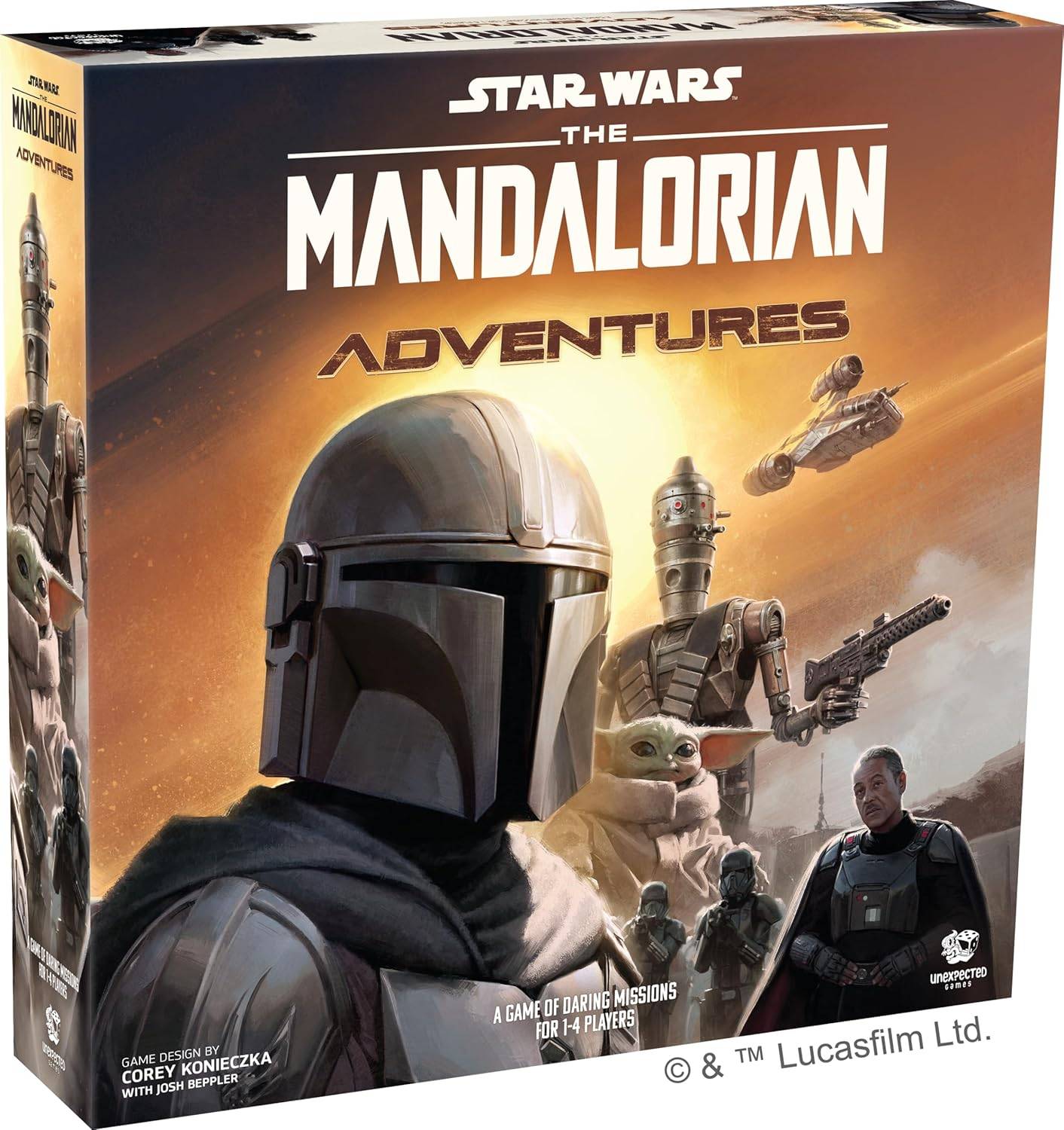



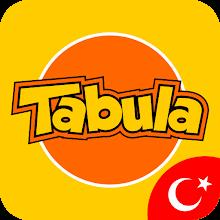
![[18+] Starlewd Valley:Re!](https://imgs.dgmma.com/uploads/37/173149215167347937c925c.jpg)




